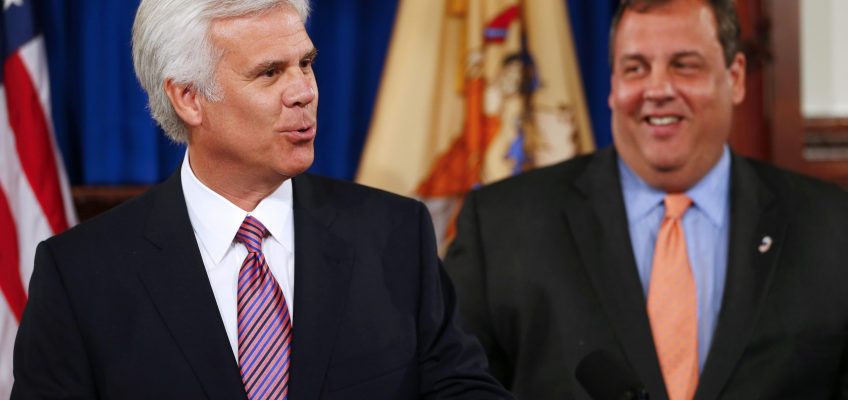By Lauren Schwahn | NerdWallet
Intuit Inc. announced this week that it will shut down Mint on Jan. 1, 2024. The company’s decision to discontinue the popular budgeting app could leave millions of users scrambling to find a replacement.
Here’s what the news means for consumers and what to consider when choosing a new budgeting service.
What is Mint?
Mint, acquired by Intuit in 2009, is a free personal finance app. It has long been one of the most widely used and highly rated budget apps. Mint links to nearly all types of users’ financial accounts, such as credit cards, investments and loans.
Mint’s loyal following has gravitated toward its comprehensive features, including the ability to review spending, track net worth and personalize goals and budgeting categories.
What’s happening to Mint?
In its announcement on Tuesday, Intuit said the company is “reimagining Mint” as a part of Credit Karma, also owned by Intuit. Users will no longer have access to their Mint accounts on Jan. 1, 2024, or sooner if they choose to migrate to the Credit Karma app before that date.
While several Mint features will live on in the Credit Karma app (such as spending and net worth tracking), setting monthly budgets and customized categories won’t make the cut. It’s unclear whether these capabilities might move over eventually.
How you can prepare for the end of Mint
The good news is that Mint isn’t shutting down overnight. The company is giving Mint users “ample time” to plan for the change, an Intuit Credit Karma spokesperson said in a statement.
Those who rely on the app will have two months to gather their financial information from Mint and search for an alternative budgeting tool. Still, this window may not feel long enough for some users. Here are steps you can take to make the change less painful.
First, take stock of any stored information you don’t want to lose. You can download your existing Mint transaction data as an Excel spreadsheet by following the instructions on Mint’s help center page. Taking screenshots of helpful charts or insights is another option.
Then, make a list of the Mint features you used most often or that were most helpful to you. Refer to this list when exploring what replacement apps have to offer.
What to look for in a new budgeting app
There are plenty of other budget apps out there that can help fill the void once Mint shuts down. Many personal finance websites, including NerdWallet, offer free money management tools.
PocketGuard is a free service that highlights your spending and net worth and allows you to budget for goals. YNAB is a popular app that also lets users create customized plans for their money, but it has a subscription fee.
Mint users don’t necessarily have to start from scratch. Some apps, like Monarch and YNAB, allow new users to manually import data files from their banks or other personal finance apps. Like Mint, there are many other apps that automatically sync with users’ financial accounts. Some may even pull multiple years of your transaction history, which can be ideal if you don’t get a chance to save your Mint data before it vanishes.
Before committing to a paid budget service, take advantage of free trial periods — if offered — to learn whether it’s worth the money. And before signing up for any budgeting service, read reviews in app stores and on trusted financial websites.
An app’s community and customer service (or lack thereof) may be worth paying attention to as well. Mint’s large user audience and customer support made it easier for many to learn and troubleshoot.
More From NerdWallet
Black Friday Shopping Could Look Different This Year, Experts Say
Does a 401(k) Employer Match Tempt You to Cash Out?
Fed Hits Pause on Rate Hikes, Third Time Since March 2022




